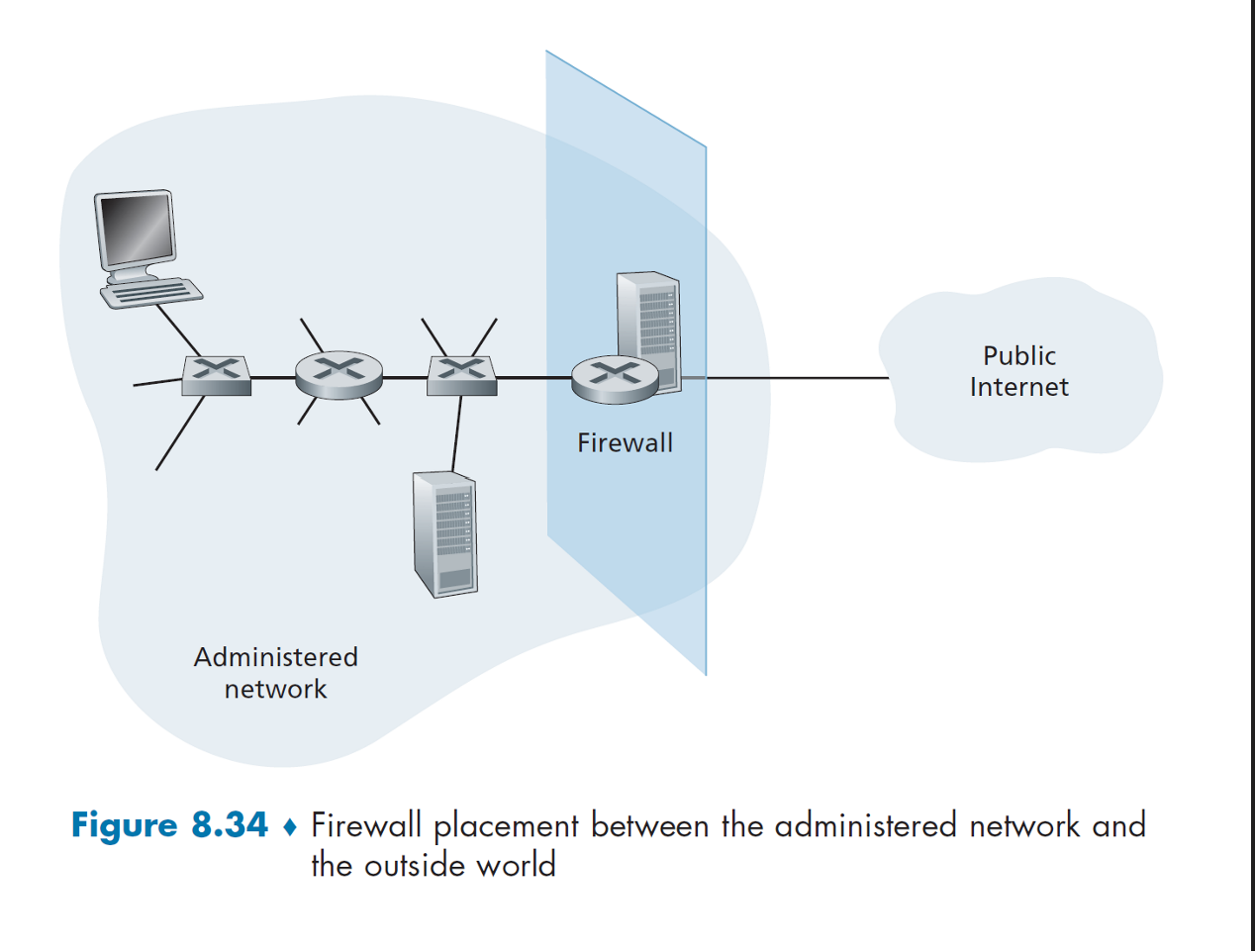Overall, my experience working as a volunteer for NTS was great and I wouldn't have changed it any way!
What went well?
I'd say overall what went well was the fun I was having with all of it. When I started getting into "flow" and creating these materials, I found new ways to present things, new features on PowerPoint and Word that I haven't used before in my own projects. Overall, the excitement, the fun of it, and the enjoyment are what went extremely well.
What would you improve?
If I had a million hours I'd improve a million things. Things can always be improved. But, if I had to choose one thing I'd say it would be from the get-go having the students' learning style in mind. I presented so much information when I was first starting out, and I was trying my best to make it simple, but I fell short. When I got advice and had to start from scratch, I really honed in on, ok, what will these students learn from and what will just go right over their heads. It made me more mindful overall, but i'd definitely improve that - making sure I have an overall idea of how to create something before I do.
What was the most impactful part?
The most impactful part was definitely just being an innovator. Being the very person who creates the building blocks of a curriculum for an entire community is just mind-blowing. That is definitely impactful, and will create lasting memories for days to come for these students.
What challenges did you face?
Overall, the greatest challenge was just feeling the overall pressure of creating something from scratch. I don't have a lot of experience myself with teaching or creating lesson plans, so I had to kind of teach myself how to do it. But it was a good challenge, because it made me push my boundaries of what I am capable of, and I found that I'm capable of way more than I thought!
What advice do you have for future SL students?
If you are creating something for the program, like I did, make sure after your first few hours of working on it, you send it to the site leader. I found myself working many hours only to find it wasn't in line with the vision that the leader had. I had to start from scratch, essentially. So, always check in with your site's leader to see if you're on the right track!

